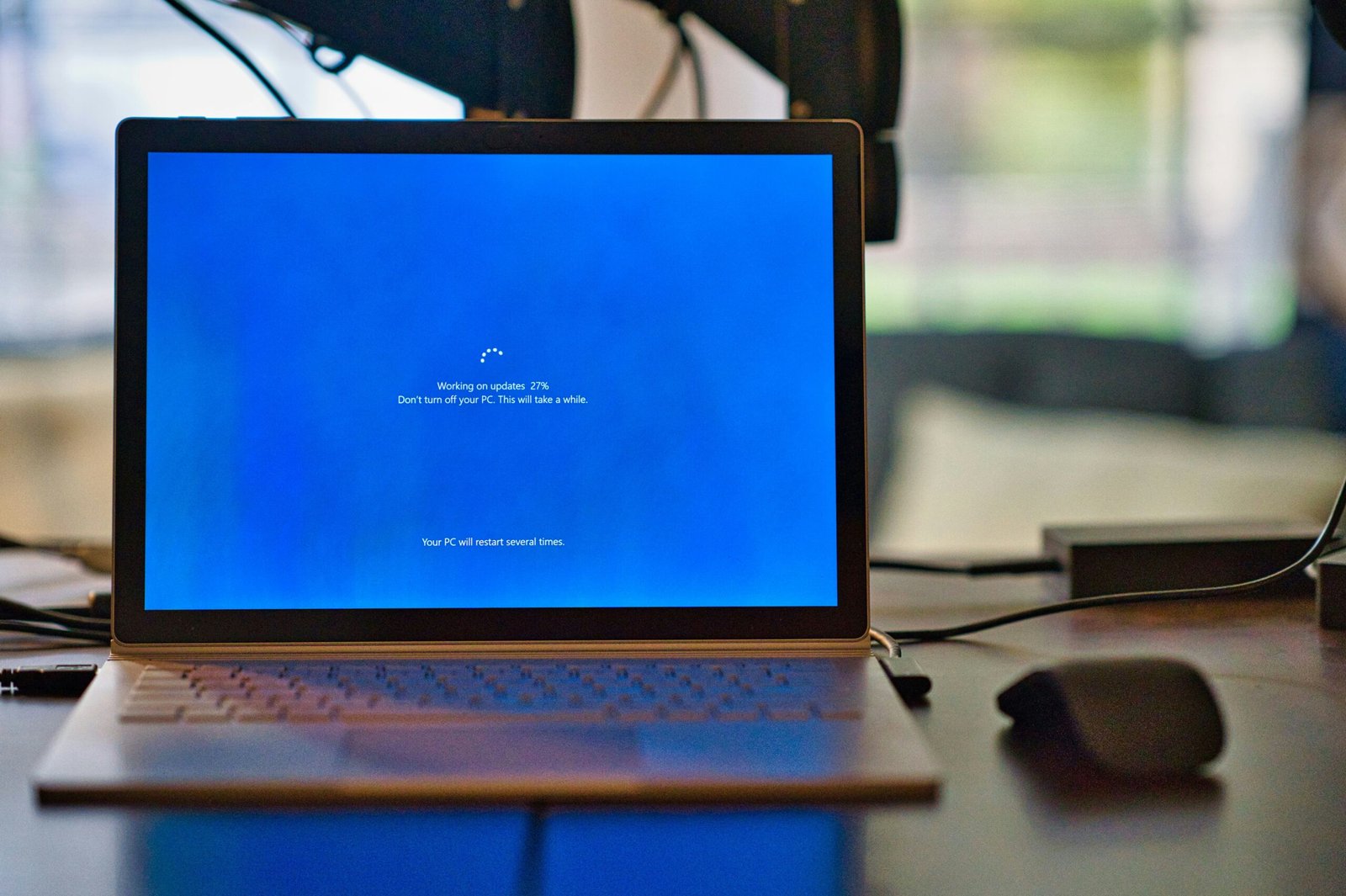Laptop Security 101: Protecting Your Device from Cyber Threats

Introduction
In today’s digital age, laptops have become an essential tool for both work and personal use. However, with the increasing prevalence of cyber threats, it is crucial to prioritize laptop security to protect your device and the sensitive information it contains. This blog post will provide you with essential tips and practices to safeguard your laptop from potential cyber attacks.
1. Keep Your Operating System Updated
Regularly updating your laptop’s operating system is one of the most effective ways to enhance its security. Operating system updates often include important security patches that address vulnerabilities and protect against newly discovered threats. Enable automatic updates or regularly check for updates manually to ensure your laptop is equipped with the latest security features.
2. Install Antivirus Software
Installing reputable antivirus software is a fundamental step in laptop security. Antivirus programs detect, prevent, and remove malicious software, such as viruses, worms, and Trojans, that can compromise your device’s security. Choose a reliable antivirus software and keep it up to date to maximize protection against emerging threats.
3. Use Strong and Unique Passwords
Creating strong and unique passwords is essential for laptop security. Avoid using easily guessable passwords like birthdays or common phrases. Instead, use a combination of uppercase and lowercase letters, numbers, and special characters. Additionally, ensure that you use different passwords for each of your online accounts to prevent unauthorized access if one account is compromised.
4. Enable Two-Factor Authentication
Two-factor authentication (2FA) adds an extra layer of security to your laptop and online accounts. With 2FA enabled, you will need to provide a second form of verification, such as a unique code sent to your mobile device, in addition to your password. This additional step significantly reduces the risk of unauthorized access, even if your password is compromised.
5. Be Cautious of Phishing Attempts
Phishing is a common tactic used by cybercriminals to trick individuals into revealing sensitive information. Be cautious of suspicious emails, messages, or websites that ask for personal or financial information. Avoid clicking on unknown links or downloading attachments from untrusted sources. Always verify the legitimacy of the sender or website before providing any sensitive information.
6. Secure Your Wi-Fi Network
Securing your Wi-Fi network is crucial to prevent unauthorized access to your laptop and the data it transmits. Change the default username and password of your Wi-Fi router and use a strong encryption method, such as WPA2, for your network. Additionally, consider enabling a firewall to further protect your laptop from external threats.
7. Regularly Backup Your Data
Backing up your data is essential in case of a cyber attack or laptop theft. Regularly save your important files and documents to an external hard drive, cloud storage, or another secure location. This ensures that even if your laptop is compromised, you can still access your valuable data.
8. Be Mindful of Public Wi-Fi
Using public Wi-Fi networks can expose your laptop to various security risks. Avoid accessing sensitive information, such as online banking or personal emails, when connected to public Wi-Fi. If you must use public Wi-Fi, consider using a virtual private network (VPN) to encrypt your internet connection and protect your data from potential eavesdroppers.
Conclusion
Protecting your laptop from cyber threats is essential to safeguard your personal and sensitive information. By following these tips and best practices, you can significantly enhance your laptop’s security and minimize the risk of falling victim to cyber attacks. Stay vigilant, keep your software up to date, and adopt strong security measures to ensure a safe and secure computing experience.





